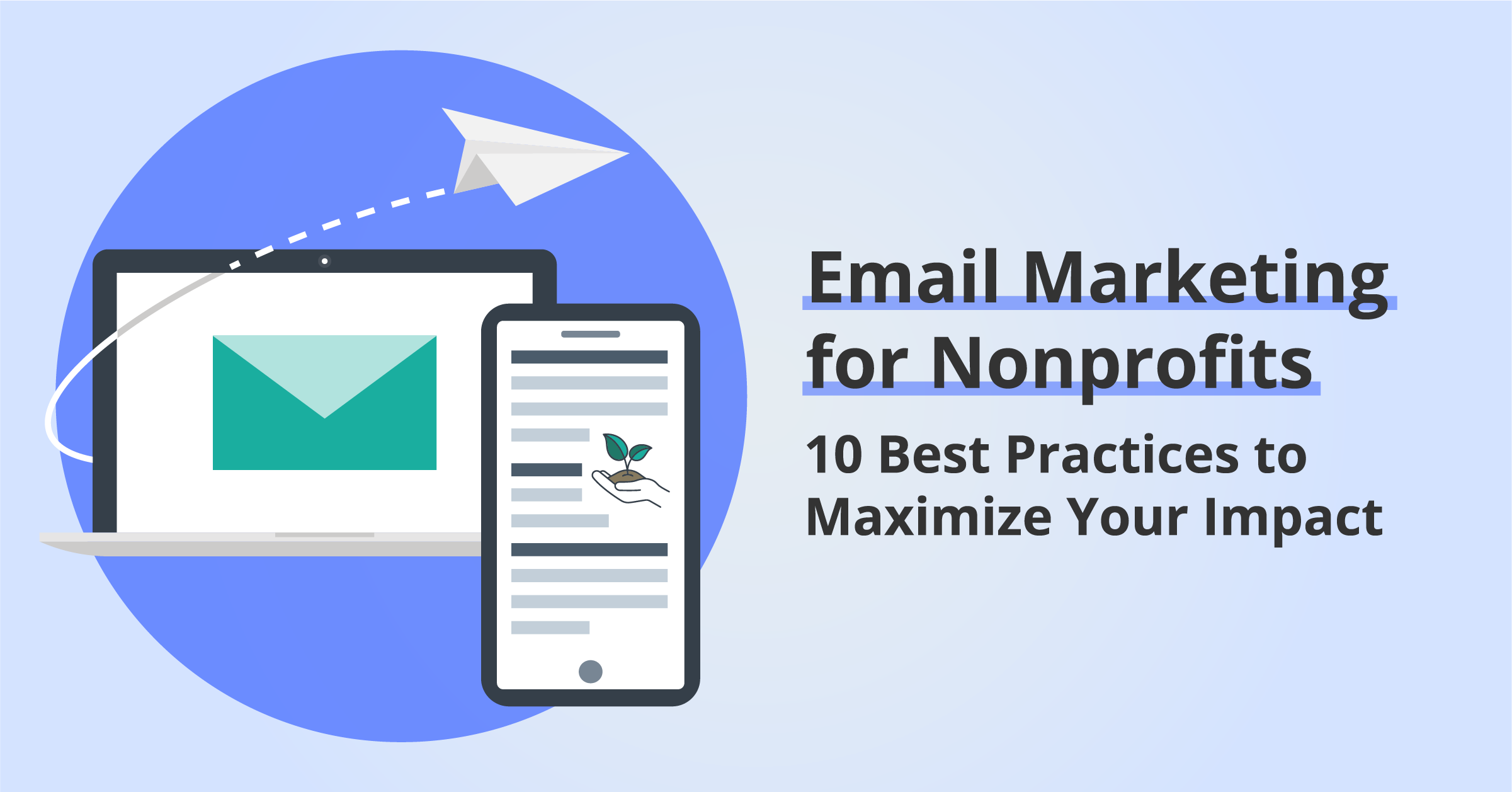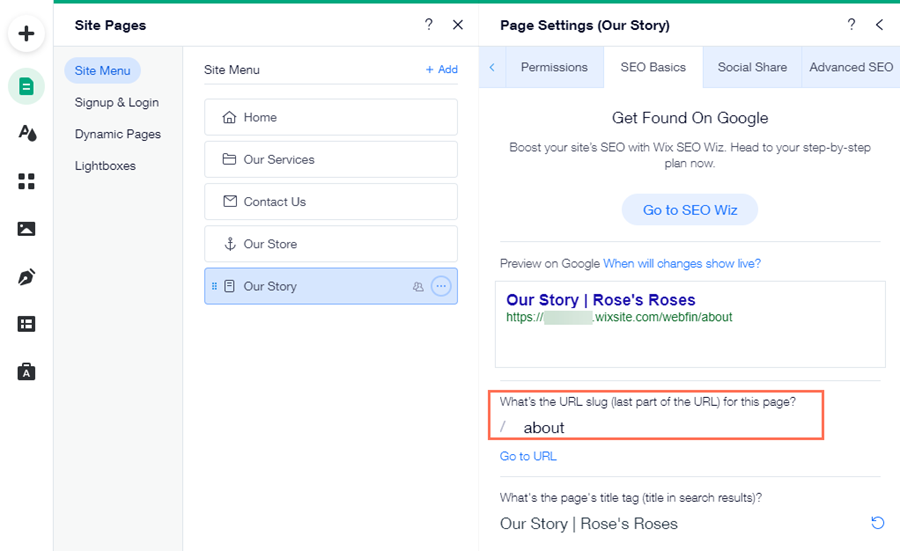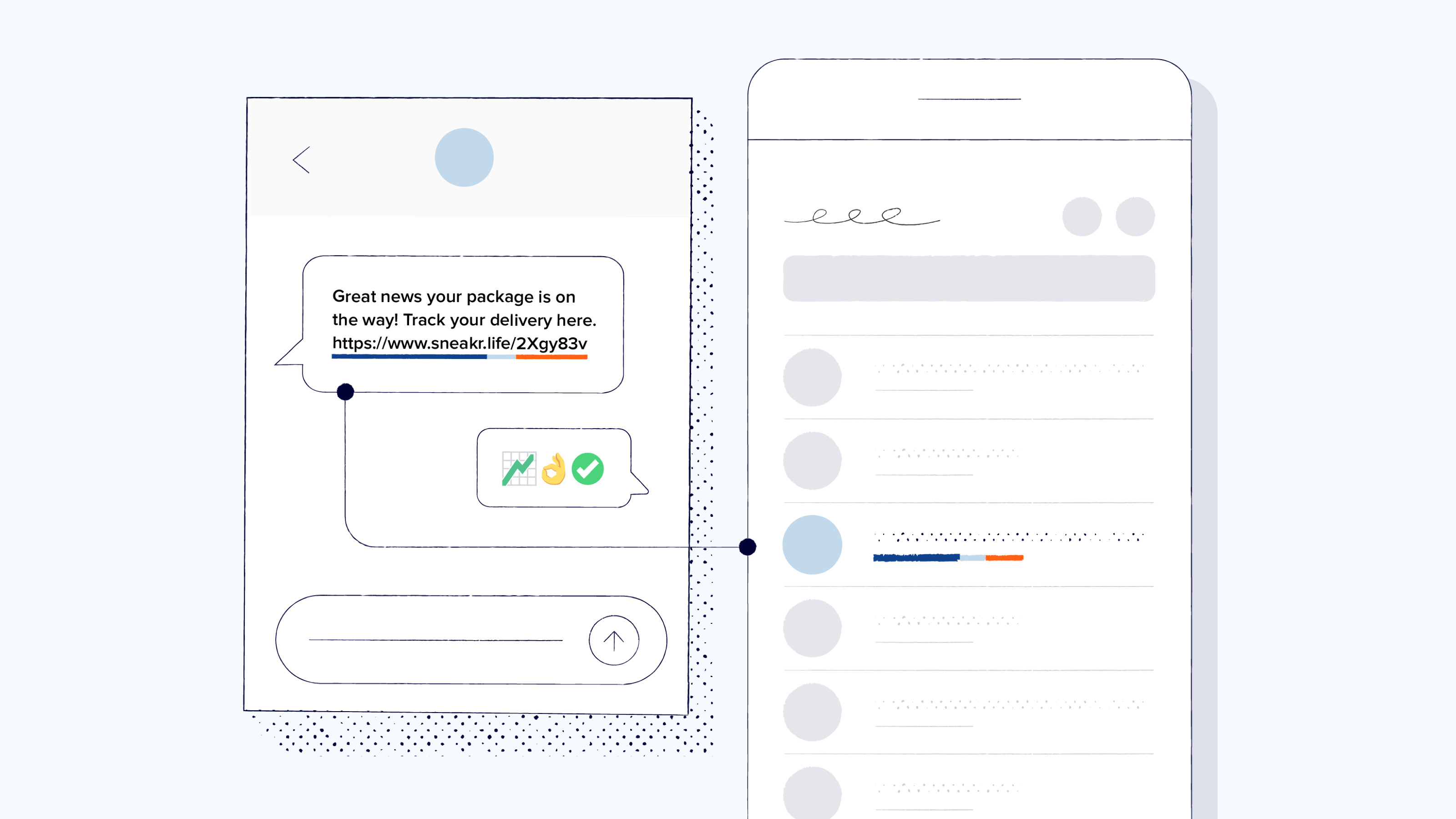Switching email marketing providers can be challenging. One key task is redirecting links.
This ensures subscribers can still access your content without issues. When you change email marketing platforms, your old links might break. This could lead to lost leads or frustrated subscribers. Redirecting links is crucial to maintain a seamless experience. It helps you preserve your reputation and keep your audience engaged.
In this blog post, we’ll guide you step-by-step on how to redirect links when switching email marketing providers. Let’s dive in and simplify this essential process for your business.

Credit: www.bluehillsdigital.com
Choosing A New Provider
Switching email marketing providers can be a daunting task. Choosing a new provider is crucial for maintaining your email campaigns’ effectiveness. This section will guide you through the process of evaluating options and identifying key features to look for in a new email marketing provider.
Evaluating Options
Begin by researching the available email marketing providers. Consider well-known providers such as Mailchimp, Constant Contact, and Sendinblue. Compare their features, user reviews, and pricing plans.
Use the following table to organize your findings:
| Provider | Features | Pricing | User Reviews |
|---|---|---|---|
| Mailchimp | Automation, Templates, Analytics | Free – $299/month | 4.5/5 |
| Constant Contact | Automation, Templates, Social Media | $20 – $335/month | 4.3/5 |
| Sendinblue | Automation, SMS, Transactional Emails | Free – $66/month | 4.2/5 |
Key Features To Look For
When choosing a new email marketing provider, focus on these key features:
- Automation: Helps you save time by automating repetitive tasks.
- Templates: Pre-designed templates make email creation easy.
- Analytics: Provides insights into campaign performance.
- Integrations: Check if the provider integrates with your CRM and other tools.
- Customer Support: Ensure they offer support when you need it.
Remember to assess your specific needs. For instance, if you send transactional emails, choose a provider that excels in this area. If you rely heavily on social media, pick one with strong social media integration.

Credit: support.wix.com
Preparing For The Switch
Switching email marketing providers can feel overwhelming. Proper preparation helps in making the transition smooth. This section will guide you through essential steps before making the switch.
Data Backup
First, ensure all your data is backed up. Export contacts, email lists, and campaign reports. Save these files securely on your computer or cloud storage. You do not want to lose important information during the switch.
Informing Your Team
Communication is key. Inform your team about the upcoming switch. Explain the reasons and benefits of changing providers. Provide a timeline for the switch. Assign roles and responsibilities to team members. This will help everyone stay on the same page and prepare for their tasks.
Setting Up Redirects
Switching email marketing providers? Redirect links to avoid broken URLs. Ensure seamless transitions by updating redirects in your settings. Keep your audience connected and maintain your email marketing flow.
Switching email marketing providers can be daunting. One key step is setting up redirects. This ensures users find the right content. Redirects also help maintain your SEO rankings. By setting up redirects, you avoid broken links. This keeps your audience engaged. It also helps you retain your hard-earned traffic.Understanding Redirect Types
There are several types of redirects. Each serves a different purpose. The most common types are 301 and 302. A 301 redirect is permanent. It tells search engines the page has moved forever. A 302 redirect is temporary. It tells them the move is not permanent. For email marketing, 301 redirects are best. They help keep your link equity. This maintains your SEO value.Implementing 301 Redirects
Implementing 301 redirects is simple. First, access your website’s .htaccess file. This file controls redirects on your site. Add the following code to the .htaccess file: “` Redirect 301 /old-page.html http://www.example.com/new-page.html “` This code redirects the old link to the new one. Replace “/old-page.html” with your old link. Replace “http://www.example.com/new-page.html” with your new link. Save the file. Check the redirect. Make sure it works correctly. This ensures a smooth transition for your users. If you use WordPress, a plugin can help. Plugins like Redirection make it easy. Install the plugin. Follow the instructions to add your redirects. Setting up redirects is crucial. It maintains your audience and your SEO value. Ensure you do it right. “`Updating Email Templates
Switching email marketing providers can be a daunting task. One key step involves updating your email templates. This ensures your subscribers receive seamless communications. Let’s explore the process.
Revising Links
First, revisit all your email templates. Identify links that need updating. Your new provider might have different URL structures. Update links to ensure they direct users to the correct pages.
- Open each email template.
- Check all links within the template.
- Replace old links with new ones.
Here’s an example of updating a link in HTML:
Click HereTesting New Templates
Testing is crucial. Ensure your new templates work as intended. Send test emails to yourself and a few colleagues.
- Review the email layout.
- Click on each link.
- Ensure links navigate to the correct pages.
Track any issues. Address them before sending emails to your entire list.
Updating email templates after switching providers is essential. It ensures a smooth transition and maintains your email campaign’s effectiveness.
Managing Subscriber Lists
Switching email marketing providers can be a daunting task. One crucial aspect is managing your subscriber lists. Ensuring a smooth transition keeps your campaigns effective and your subscribers engaged. This section covers how to handle this process efficiently.
Importing Contacts
The first step is importing your contacts to the new provider. Most email marketing platforms allow you to upload a CSV file of your existing subscriber list. Below are simple steps to follow:
- Export your current subscriber list as a CSV file.
- Log in to the new email marketing platform.
- Navigate to the subscriber management section.
- Find the option to import contacts.
- Upload your CSV file.
Ensure that your CSV file is well-organized. Each row should represent a subscriber, and columns should include fields like Email Address, First Name, and Last Name.
Ensuring Data Integrity
After importing your contacts, it is vital to ensure data integrity. This ensures that your subscriber information is accurate and complete. Follow these steps:
- Verify that all email addresses are correctly formatted.
- Check for duplicates and remove them.
- Ensure that all required fields are filled out.
Maintaining data integrity prevents errors in your email campaigns. It also helps in better segmentation and targeting of your audience.
Consider using a validation tool to clean your list before importing. This helps in identifying and correcting any issues with your data.

Credit: bitly.com
Communicating With Subscribers
Switching email marketing providers? Ensure all your links redirect correctly. Update URLs to maintain seamless communication with subscribers.
Switching email marketing providers can be a smooth process. But you must keep your subscribers in the loop. Clear communication builds trust and keeps your audience engaged. Here’s how to do it effectively.Announcing The Change
First, inform your subscribers about the change. Send an email announcing the switch. Explain why you are making this move. Highlight the benefits they will experience. Be straightforward and honest. Tell them the date of the switch. Reassure them their subscriptions remain active. This helps set expectations. Provide a contact email for questions. This shows you care about their concerns.Addressing Concerns
Subscribers may have questions. Address these in your announcement. Create a FAQ section in the email. Cover common concerns. For example, will they keep receiving emails? Will their data be safe? Reassure them about their personal information. Explain the steps you are taking to protect their data. Make it clear their privacy is a top priority. This builds trust. Encourage them to reach out with any concerns. Reply promptly to their emails. Be patient and understanding. This can ease their worries. Clear communication is key during this transition. “`Monitoring Performance
Switching email marketing providers can be a big task. One important part is monitoring performance after the switch. Ensuring all redirects work properly is essential. You need to track and analyze how well your links perform. This helps maintain your email marketing effectiveness.
Tracking Redirects
Tracking redirects is the first step in monitoring performance. Use tools to check if all links lead to the correct pages. This ensures users do not face broken links. A smooth transition keeps your audience engaged. Regular checks help spot and fix issues quickly.
Analyzing Engagement
Analyzing engagement is crucial. Look at how users interact with your emails. Check metrics like click-through rates and open rates. This shows if your audience stays interested. Compare these metrics with past data. This helps see if the switch affects engagement.
Adjust your strategy based on these insights. Improve areas where engagement drops. Keep track of changes and continue to optimize. This approach ensures your email marketing stays effective.
Troubleshooting Common Issues
Switching email marketing providers can be a complex task. You must ensure that your links work correctly. This section will help you troubleshoot common issues.
Broken Links
Broken links can harm your email campaigns. Here are a few steps to identify and fix them:
- Check all links: Ensure every link in your email works.
- Update old links: Replace links from your previous provider with new ones.
- Test emails: Send test emails to yourself. Click every link to verify.
Use tools like Google Search Console or Broken Link Checker to help find broken links. These tools can save you time and effort.
Bounce Rates
High bounce rates can impact your email deliverability. Troubleshooting can help you maintain a healthy list:
- Verify email addresses: Use an email verification service. Remove invalid addresses.
- Segment your list: Divide your list into smaller, targeted segments. This improves engagement.
- Monitor feedback loops: Check for complaints and unsubscribes. Address them promptly.
Keeping your list clean and updated reduces bounce rates. Regular maintenance is key.
Frequently Asked Questions
What Is Link Redirection In Email Marketing?
Link redirection sends users from one URL to another. It’s useful when switching email providers.
Why Do I Need To Redirect Links?
Redirecting links ensures that your audience reaches the correct landing pages. It prevents broken links.
How Do I Set Up A Link Redirect?
You can set up redirects via your domain host or email marketing provider. They guide you through it.
Will Link Redirection Affect My Email Campaigns?
No, it won’t. It helps maintain user experience and keeps your links functional.
Can I Track Redirected Links?
Yes, most email marketing tools offer tracking for redirected links. It helps measure performance.
Conclusion
Switching email marketing providers requires proper link redirection. It’s crucial for maintaining customer engagement. Start by identifying all links in your emails. Update these links to point to your new provider. Regularly test links to ensure they work. This avoids broken links and keeps your audience connected.
Redirecting links effectively enhances user experience. Follow these steps for a smooth transition. Keep your audience informed and maintain their trust. Simplify the process and ensure continuity. Your email marketing will remain effective and reliable. Stay proactive and attentive to details.
Your efforts will pay off in the long run.


Leave a Reply